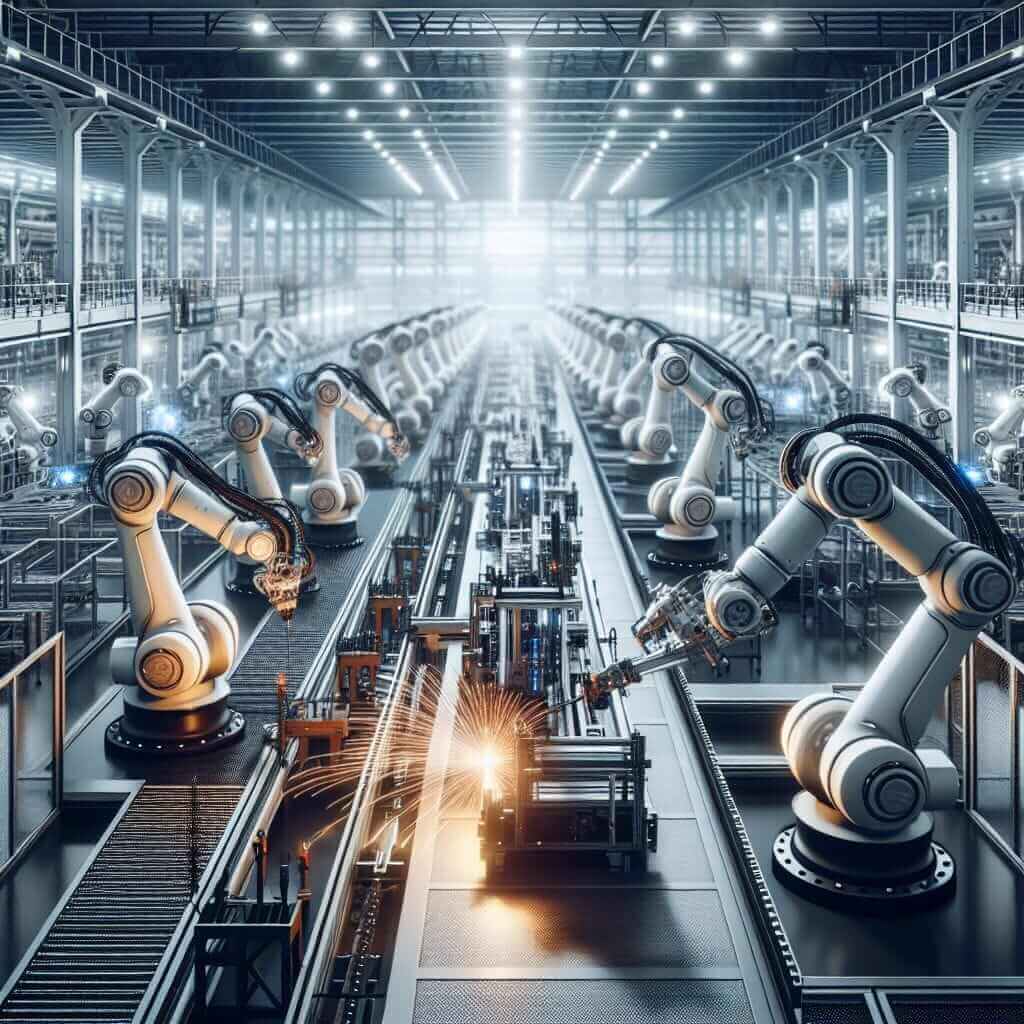Automation, a rapidly advancing aspect of modern technology, has garnered significant attention due to its profound impact on employment opportunities. In the context of the IELTS Writing Task 2, this topic is particularly relevant as it touches on societal and economic issues. The prevalence of automation in various industries leads to frequent mentions in IELTS examinations, thereby necessitating a thorough understanding and an articulate response to related essay prompts. Below are two potential essay prompts focusing on this topic:
- Some people believe that automation will result in significant job losses, while others think that it will create new employment opportunities. Discuss both views and give your opinion.
- To what extent has automation affected traditional employment patterns, and what measures can be taken to address these changes?
Main Content
Essay Prompt and Selection
For this guide, we will choose the first prompt:
“Some people believe that automation will result in significant job losses, while others think that it will create new employment opportunities. Discuss both views and give your opinion.”
Analyzing the Essay Prompt
The prompt requires the writer to:
- Discuss both views regarding automation’s impact on employment.
- Provide a balanced analysis with supporting arguments.
- Conclude with a personal opinion based on the discussion.
Sample Essay
Automation, the use of technology and machinery to perform tasks that were previously carried out by humans, has become a contentious issue when discussing the future of employment. One camp argues that automation will cause widespread job losses, while the other believes it will open new avenues for job creation. This essay will examine both perspectives before presenting my viewpoint.
The foremost concern regarding automation is the potential for massive job displacement. As machines and algorithms become increasingly sophisticated, they can perform tasks more efficiently and accurately than humans. This trend is especially evident in manufacturing and administrative sectors, where repetitive tasks are prevalent. Historically, technological advancements such as the Industrial Revolution led to significant disruptions in the job market, resulting in unemployment for many workers who could not adapt quickly enough. This precedent fuels fears that automation could similarly displace workers on a large scale, exacerbating unemployment rates and economic inequality.

Conversely, proponents of automation argue that it brings about a plethora of new opportunities. For every job rendered obsolete by automation, new roles emerge in fields such as robotics maintenance, software development, and data analysis. Additionally, automation can lead to increased productivity and economic growth, potentially creating more jobs in sectors that benefit from these advancements. For instance, the rise of digital technologies has given birth to entirely new industries like e-commerce and digital marketing, which now employ millions worldwide. Furthermore, automation can alleviate workers from mundane tasks, enabling them to focus on more creative and strategic activities, thereby increasing job satisfaction and innovation.
In my opinion, while the initial phases of automation may indeed result in job losses in certain sectors, the long-term benefits outweigh the drawbacks. Governments and educational institutions should proactively address these changes by investing in retraining and reskilling programs. By equipping the workforce with the skills necessary to thrive in an automated world, society can mitigate the adverse effects on employment while fully leveraging the opportunities automation presents.
By examining both sides of the argument, it becomes apparent that automation has the potential to disrupt traditional employment patterns significantly. However, with thoughtful intervention and a focus on education and training, society can harness the benefits of automation while minimizing its negative impacts.
Word count: 358
Writing Tips
When writing about the impact of automation on employment opportunities, consider the following tips:
- Vocabulary: Use specific terms related to automation and employment (e.g., “displacement,” “retrenchment,” “economic inequality,” “job creation,” “retraining”).
- Grammar: Pay attention to complex sentence structures and ensuring subject-verb agreement. For example, “The rise of digital technologies has given birth…” shows an accurate use of the present perfect tense.
- Coherent arguments: Construct arguments logically, providing evidence and examples to support each viewpoint.
- Linking words: Use transitions such as “However,” “Conversely,” and “Furthermore” to connect ideas smoothly.
Key Vocabulary
- Displacement /dɪsˈpleɪsmənt/ (n.) – the removal of something from its usual place.
- Algorithm /ˈælɡərɪðəm/ (n.) – a set of rules or processes to be followed in calculations or problem-solving, especially by a computer.
- Inequality /ˌɪnɪˈkwɒlɪti/ (n.) – the state of not being equal, especially in status, rights, and opportunities.
- Retraining /riːˈtreɪnɪŋ/ (n.) – the process of learning new skills so one can do a different job.
- Sophisticated /səˈfɪstɪkeɪtɪd/ (adj.) – having, revealing, or involving a great deal of worldly experience and knowledge.
Conclusion
In summary, automation’s impact on employment is multifaceted, with both positive and negative implications. While job losses are a genuine concern, the potential for new opportunities and increased productivity remains promising. By preparing for these changes through education and policy, society can navigate the transition effectively. For further practice, consider writing essays with the following prompts:
- To what extent has automation affected traditional employment patterns, and what measures can be taken to address these changes?
- Discuss the advantages and disadvantages of automation in the workplace.
For more insights and practice on related topics, visit: